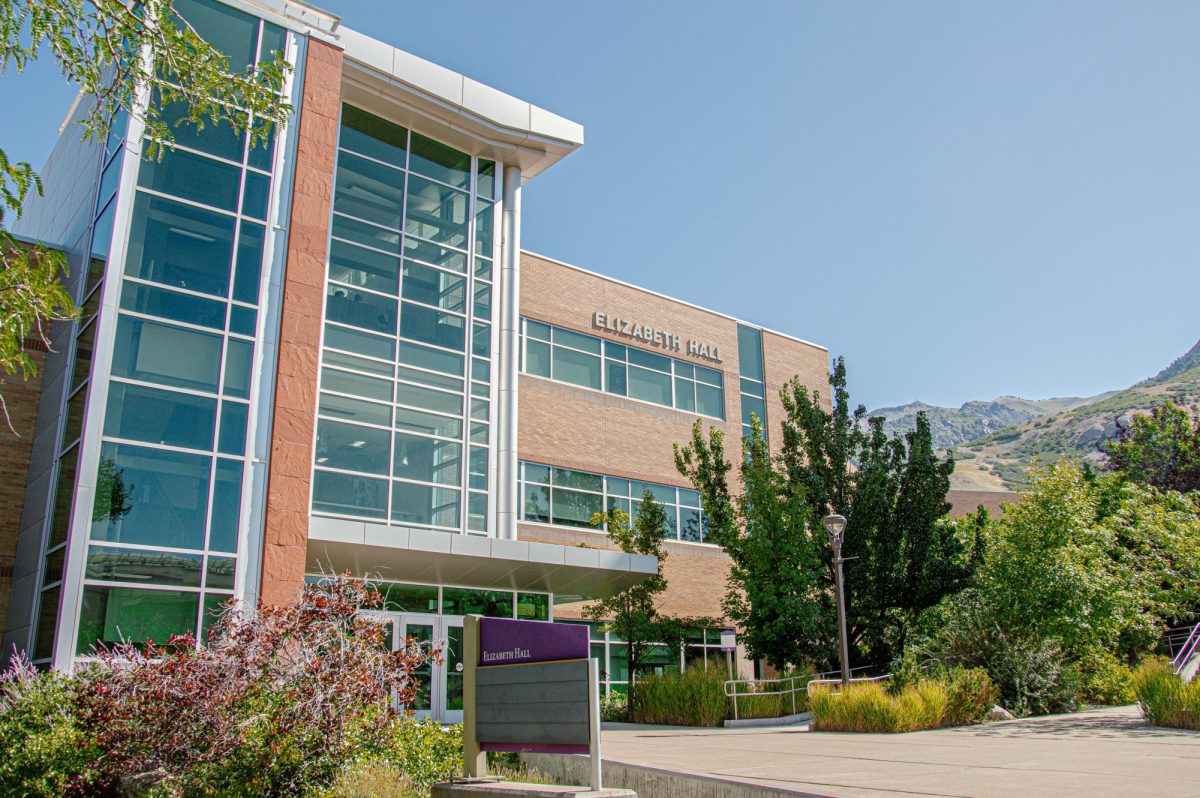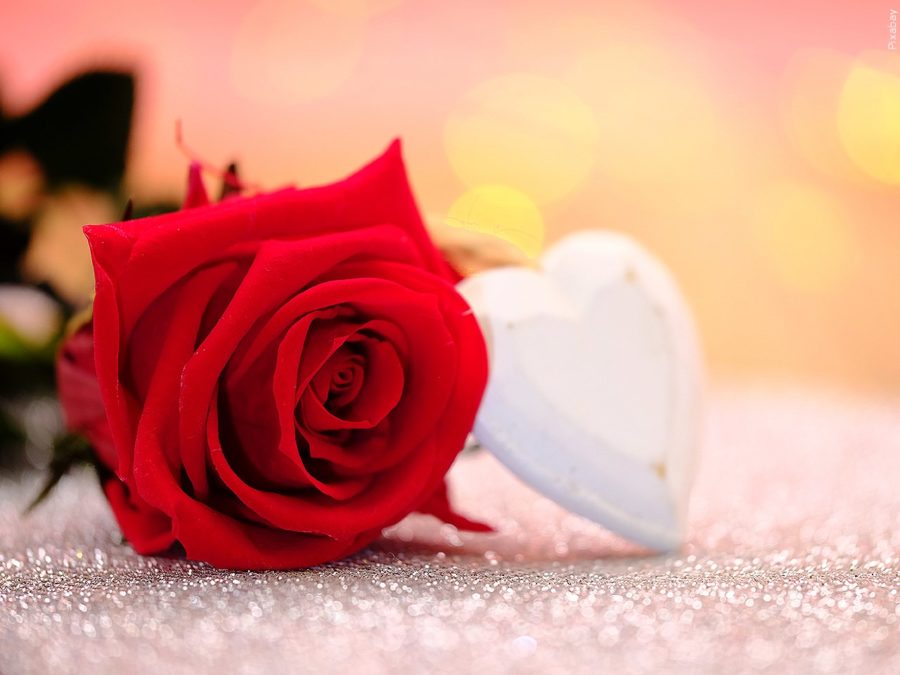
Well-known Easter traditions in the U.S. consist of the Easter bunny leaving toys for children and hunting for Easter eggs. While many Christians celebrate Easter as the resurrection of Christ, there are other cultural Easter traditions that some Wildcats might not be aware of.
Alyssa Bernal, WSU freshman, explains that her family has some interesting Easter traditions. Bernal’s mother is Caucasian and her father is Hispanic, so she and her family enjoy both U.S. and Hispanic Easter traditions.
“Our family tradition is to have a big dinner and Easter egg hunt which comes from my mom’s side of the family,” Bernal said.
Her mother’s side of the family isn’t the only one with a tradition. Bernal said her father’s family practices something most American families have never tried.
“For my dad’s tradition, we do cascarones,” Bernal said. “All year we save our egg shells, and a week before Easter we color the eggs and fill them with confetti. Then we close them by gluing tissue paper on the top. All our friends and family help carry them outside. When everyone is ready, we crack them on each other’s heads.”
Cascarones were originally a tradition in Asia and introduced to Europe by the Italian explorer Marco Polo. The confetti eggs were brought to Spain and eventually Mexico. Having one of these colorful eggs broken over your head is said to bring you good luck.
Not every Easter tradition is colorful and cheerful. J.J. Whitlow, WSU freshman studying zoology, lived in the Philippines as a young child and views Easter as a pagan holiday.
“Easter is supposed to be about Jesus, but Easter has no connections to Jesus in anyway,” Whitlow said. “People Christianized Easter and slapped a fake meaning on it. Within the Bible, it takes the religion out of pagan holidays such as Easter.”
Now a Christian, Whitlow doesn’t celebrate Easter how he remembers it was in the Philippines.
“It was really crazy,” Whitlow said. “People would walk down the street with big wooden crosses on their back and others would be right next to them whipping themselves. I’m assuming they were reenacting Jesus Christ’s death and torment.”
What Whitlow remembers is part of what is called Holy Week. The people were practicing a form of sacrifice for their sins to be forgiven. They often will cut or whip themselves, walk barefoot in the scorching heat and place crowned branches or leaves on their head.
Although Japan doesn’t celebrate Easter, River Hyde, WSU freshman and art major, lived there for about a year and a half.
“Easter in Japan goes relatively unannounced because of its religious background,” Hyde said. “But it still is celebrated predominantly in and around Nagasaki because of its amount of Christians.”
Even if Easter isn’t a huge deal, Japan tends to celebrate imported holidays such as Valentine’s Day or Christmas, while Easter is more religious than anything. If it is celebrated, families still do the traditional Easter egg hunt.
“The most I ever saw out there was a traditional ‘ham plate’ of food that you could only receive that time of year,” Hyde said. “It was just a menu you would find in various food chain restaurants marking the occasion called the ‘Easter ham plate.’”
He added many Japanese get work off for a week at the end of April and the beginning of May due to the cluster of national holidays, huge festivals and parades are held during that week.













